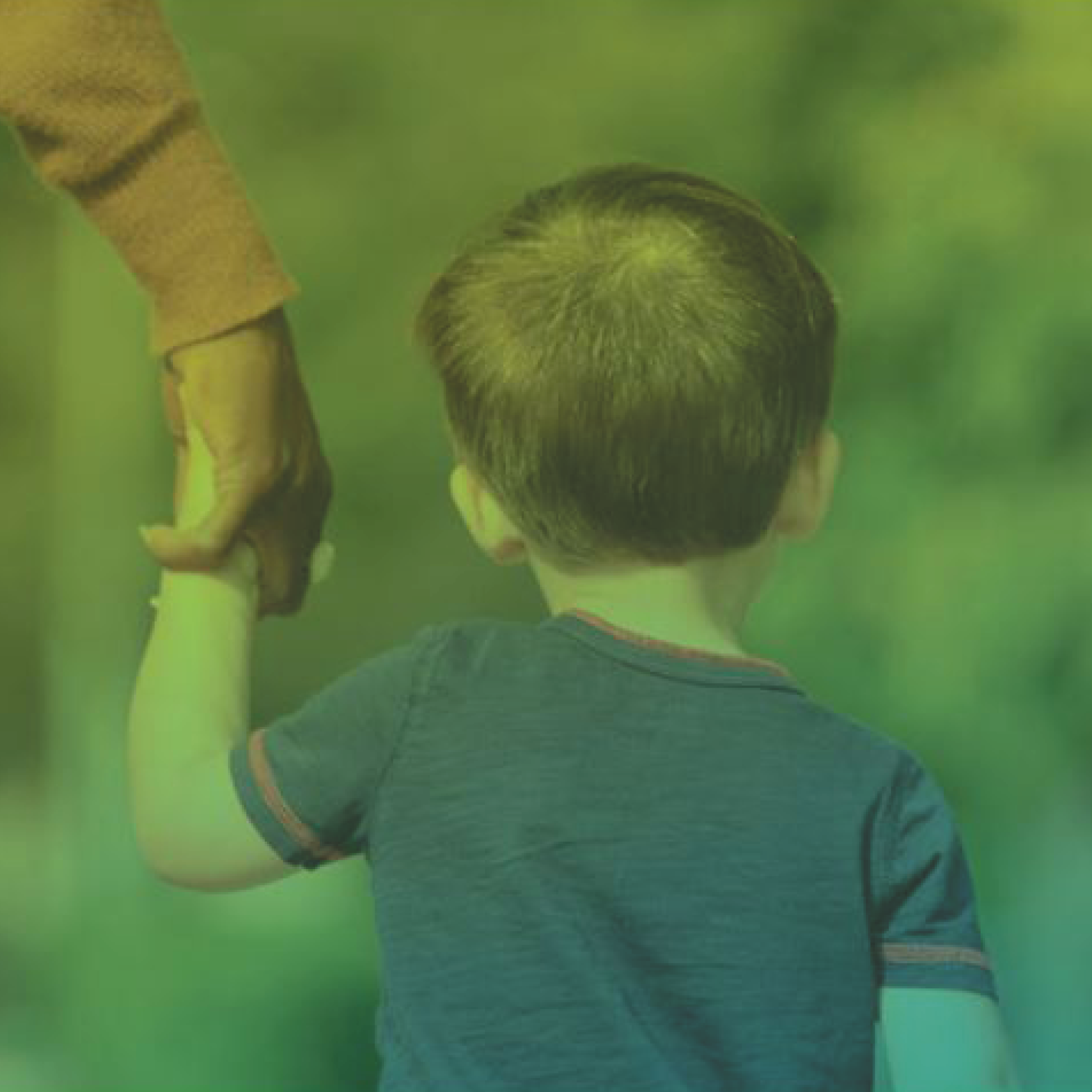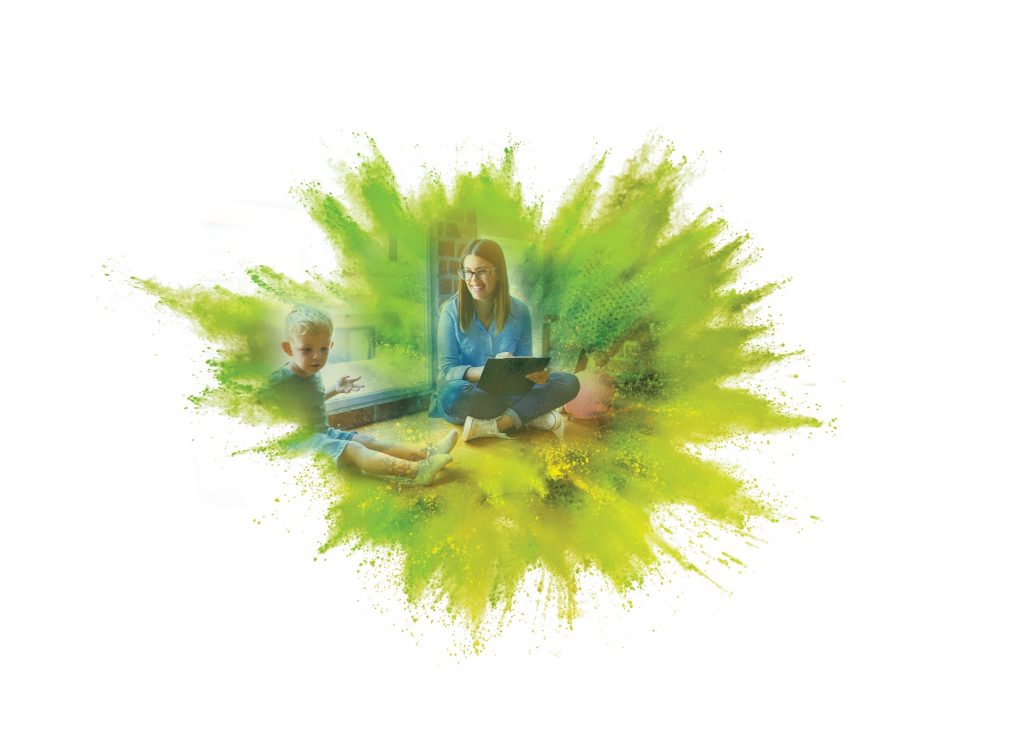On the surface, social anxiety disorder and autism spectrum disorder (ASD) may look the same. Both people with autism and those with social anxiety can experience social situations differently than others.
While social anxiety and ASD can occur together, they are very different conditions. In some cases doctors even get the two mixed up, leading to misdiagnosis.
Let’s take a look at both the similarities and differences between ASD and social anxiety.
Similarities of ASD & Social Anxiety
A major similarity between social anxiety disorder and ASD is that both conditions look different in every person. With that said, there are plenty of similarities, including symptoms and treatment services offered. It’s also important to understand that social anxiety is not a form of autism and vice versa.
Similar Symptoms
One reason social anxiety and autism are sometimes confused is that some symptoms appear the same.
According to some educational psychologists, overlapping symptoms of autism and social anxiety disorder can include:
- Limited social communication
- Nervousness
- Difficulty adapting to changing plans
- Lack of eye contact
ASD & Social Anxiety Diagnosis
A psychologist can diagnose autism and/or social anxiety disorder using the Diagnostic and Statistical Manual of Mental Health Disorders 5th Edition (DSM-5). The DSM-5 is a handbook published by the American Psychiatric Association that helps healthcare professionals make diagnoses.
A healthcare professional will ask about symptoms and may observe a person in social situations before making a diagnosis. Sometimes a pediatrician or physician will recommend seeing a healthcare professional who can properly diagnose ASD, social anxiety, or other specific mental conditions. Ask your doctor for more information.
The DSM-5 diagnostic criteria for autism include:
- Persistent differences in social communication, including but not limited to lack of back-and-forth conversations and differences in eye contact
- Repetitive patterns of behaviors, such as lining up toys
- Symptoms were present in early development, even if they went unnoticed
- Symptoms interfere with daily functioning, such as schoolwork
The DSM-5 diagnostic criteria for social anxiety disorder include:
- Fear of judgment in social situations
- Consistent anxiety in social situations that does not fit the context
- Avoidance of social interaction
- Fear of social interaction that impedes day-to-day life
- Having fear for at least 6 months (and the fear cannot be attributed to another mental health condition, such as panic or substance use disorder, or a disease like Parkinson’s)
Note that social anxiety can develop in children or adults.
ASD & Social Anxiety: Brain Functions
The amygdala, which affects the brain’s response to fear, may play a role in both ASD and social anxiety disorder. Research is still ongoing. Ultimately, however, brain functioning is very different in social anxiety and ASD. The neurological causes of autism aren’t yet fully understood.
Treatment for ASD & Social Anxiety
There’s no cure for social anxiety or autism. In addition, not everyone wants to “manage” or “fix” characteristics associated with autism. People can live fulfilling lives with customized support and treatment tailored to their goals.
Treatment and support options for ASD include:
- Applied behavioral analysis (ABA) therapy
- Occupational therapy
- Social skills training
- Cognitive behavioral therapy
- Occupational therapy*
*Occupational therapy is often a first-line service for autism. It may also be used to help people cope with social anxiety in some cases.
High-Functioning Autism Vs. Social Anxiety Disorder
The current diagnostic process for ASD involves three potential levels of support needed:
level 1: requiring some support
level 2: requiring substantial support
level 3: requiring very substantial support
Autism is neurologically based, which makes it different from social anxiety disorder, regardless of communication abilities or any overlap in symptoms.
Differences Between ASD & Social Anxiety
The main difference between ASD and social anxiety is that autism is a neurodevelopmental condition, while social anxiety is a mental health condition. Experts say it’s essential to get the diagnosis correct.
Though a formal diagnosis is best made by a licensed professional, understanding the differences between social anxiety and autism can empower parents to seek an evaluation. Because autism and social anxiety are distinct conditions, they have nuanced symptoms and diagnostic criteria.
ASD & Social Anxiety Symptoms
People with autism and those with social anxiety alike may seem to avoid eye contact. Importantly, however, autistic people aren’t necessarily “avoiding” eye contact out of nervousness or fear. They’re simply not making eye contact in the first place, which is a distinct difference.
Researchers have suggested that individuals with autism look toward a person more slowly, while people with social anxiety look away faster. ASD is a spectrum, meaning people may communicate in different ways. Some may not speak at all, while others may engage in one-sided conversations or miss social cues.
On the other hand, people with social anxiety intentionally avoid conversations because of fear.
Social anxiety can be the result of trauma. A brain dealing with social anxiety may be compensating for something that happened or trying to prevent something from happening reoccurring. Social anxiety is different from autism because autism isn’t triggered by an event, experience, or trauma.
ASD & Social Anxiety Brain Functions
The amygdala may be implicated in both autism and social anxiety disorder, but current research supports the idea that autism is neurodevelopmental. There are comprehensive conclusions available concerning what causes ASD, but research is ongoing.
Social anxiety, on the other hand, is mental-emotional.
Please note that all of this information is for reference only. If you are concerned about your child, please contact your pediatrician or a mental healthcare specialist.
ABA Therapy from IABA Consultants
If you have questions regarding autism treatment, education, or plans using ABA therapy, we are here for you! Our goal is to make sure no family is turned away due to financial constraints. Our therapy team would love to talk to you. Find the location closest to you and give us a call. We’re here for you.
Originally Posted as How to Tell the Difference Between Social Anxiety and Autism at Healthline.com


